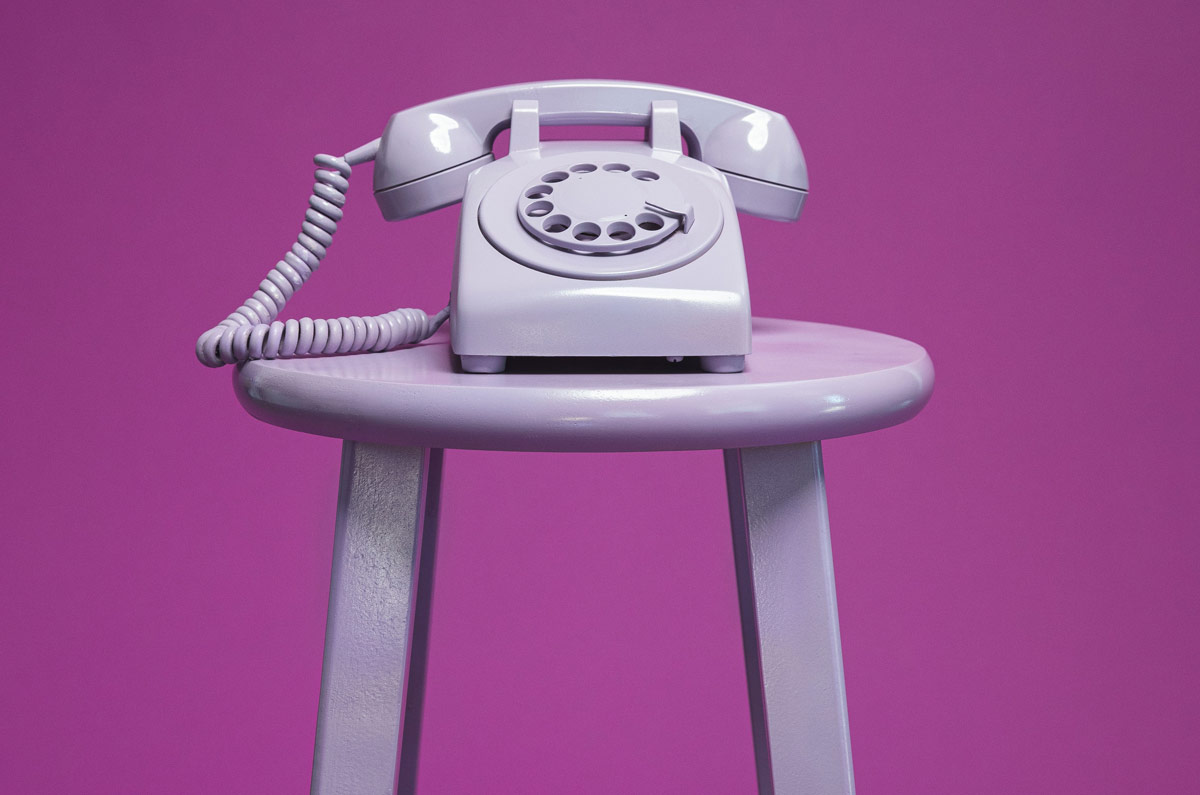The opium poppy is such a pretty, delicate looking flower. And humans have been actively growing them and enjoying their medicinal benefits since at least 3,400 B.C. The Sumerians referred to it as Hul Gil or the “joy plant.”
It’s from these delicate plants we get opioids, a group of medications with which we have a long and complex relationship. They can provide great pain relief, but can also cause great harm.
That’s why on 1 June 2020 the Australian Government introduced some changes which affect how we use and access opioids. So let’s look at what opioids are, how they work, and why these changes have been brought in.
What are opioids?
Opioids are pain relieving medications that come in a variety of formulations, dosages and strengths. They include: tramadol, codeine, morphine, oxycodone and fentanyl. You need a prescription from your doctor to buy any medications containing opioids.
Opioids may be:
- natural – created using the milky substance found inside the pods of the opium poppy, or
- synthetic – created in a lab to have a chemical structure similar to natural opioids.
How do they work?
Opioids attach to opioid receptors in brain cells and dull our perception of pain. The pain isn’t gone, nor is the cause of the pain. It’s simply been dampened so that we can function with less discomfort. They also cause the brain to release the hormone dopamine, which can make us feel happy or relaxed.
Opioids are used to treat severe pain associated with cancer or for acute pain – e.g. following surgery.
They’ve also been used for many years to help people with severe, persistent non-cancer pain, like the pain associated with musculoskeletal conditions. However their long-term benefit is controversial for persistent pain or chronic pain. This is mainly due to the large body of evidence that shows that opioids have a limited effect on this type of pain. In addition they can also have serious side effects particularly with long term use, including breathing difficulties, addiction, overdose and death.
We also know that our body adapts to opioids when we use them long-term. We have to increase the dosage to get the same effect, and an increased dose brings an increased risk of harm.
Every day in Australia there are nearly 150 hospitalisations and 14 emergency department admissions due to opioid use, and three people die from drug-induced deaths involving opioids. (1)
Because of these alarming statistics the Australian government has been changing the way we access opioids. Last year we saw all opioids, even the lowest dose available, requiring a prescription from your doctor. You can no longer buy them over-the-counter.
The latest changes are a continuation of this plan to reduce the harm that opioids can do, and ensure that we use them cautiously and safely.
What’s changing?
From 1 June 2020 changes include:
- smaller medication packs containing fewer opioids will be provided for short-term opioid use – for example after surgery or an injury,
- improvements in medication information so people are better informed about the potential risks of opioids and how to reduce them, and doctors are following best-practise when prescribing opioids,
- updating prescribing ‘indications’ (or when they’re used) to ensure opioids are only prescribed where the benefits outweigh the risks. (2)
Can I still use them for my musculoskeletal pain?
If you’re using opioids to manage the pain associated with your musculoskeletal condition, continue taking them as prescribed and talk to your doctor.
We do know some people experience pain relief using opioids for persistent pain, so if they’re proving to be clinically effective for managing your pain, your doctor will be able to continue to prescribe them. However these new changes will require your doctor to weigh the risks and benefits of these medications, and to explore possible alternatives with you, including enrolling in a pain management program. Also, where opioid use exceeds twelve months or is expected to exceed this time, a second opinion will be required to renew ongoing prescriptions.
Opioids aren’t a magic bullet and should be used in conjunction with other pain management therapies such as physiotherapy, exercise, weight management, cognitive behavioural therapy and mindfulness.
What now?
Living with persistent pain is exhausting. And the possibility of changing your medication can be stressful, especially if you feel like you’re managing your condition and your pain effectively. If you’re worried about these changes, talk with your doctor. Be honest about how you feel, but also be open to the possibility of trying new things to manage your pain. The aim is to keep your pain at a level that allows you to live your life and do the things you want and need to do. Opioids may be part of that, or they may be something that you’ll be able to phase out. It’s something that you and your doctor will need to discuss so that you get the best and safest outcomes.
Contact our free national Help Line
If you have questions about things like COVID-19, your musculoskeletal condition, treatment options, telehealth, managing your pain or accessing services be sure to call our nurses. They’re available weekdays between 9am-5pm on 1800 263 265; email (helpline@msk.org.au) or via Messenger.
More to explore
- Prescription opioids: What changes are being made and why
Therapeutic Goods Administration, 29 May 2020 - Prescription opioids: Information for consumers, patients and carers
Therapeutic Goods Administration, 29 May 2020 - What are opioids?
Alcohol and Drug Foundation, 28 January 2020 - Smaller pack sizes from today: could new opioid restrictions stop leftover medicines causing harm?
The Conversation, 1 June 2020 - Opioid medicines and chronic non-cancer pain
National Prescribing Service, 2 October 2019 - Managing your pain: An A-Z guide
Musculoskeletal Australia
References
(1) Prescription opioids: What changes are being made and why
Therapeutic Goods Administration, 29 May 2020
(2) Prescription opioids: Information for consumers, patients and carers
Therapeutic Goods Administration, 29 May 2020


















